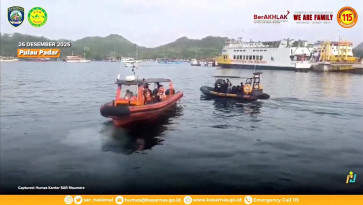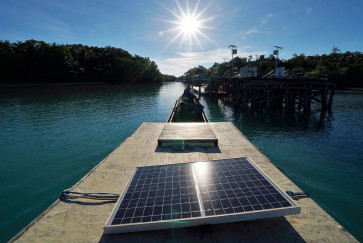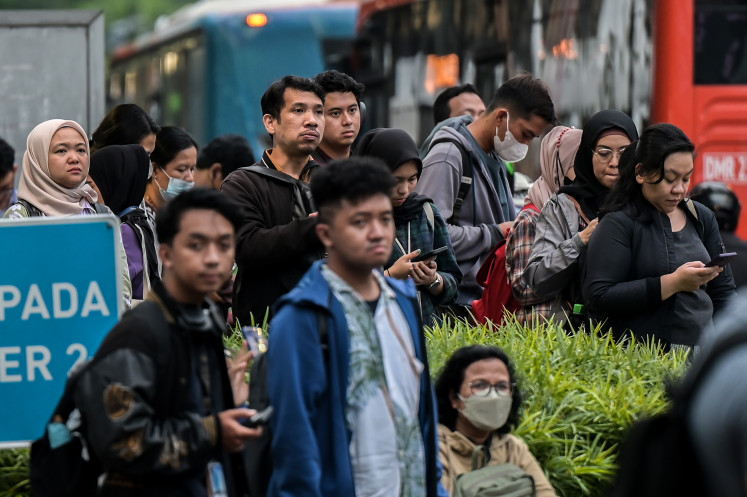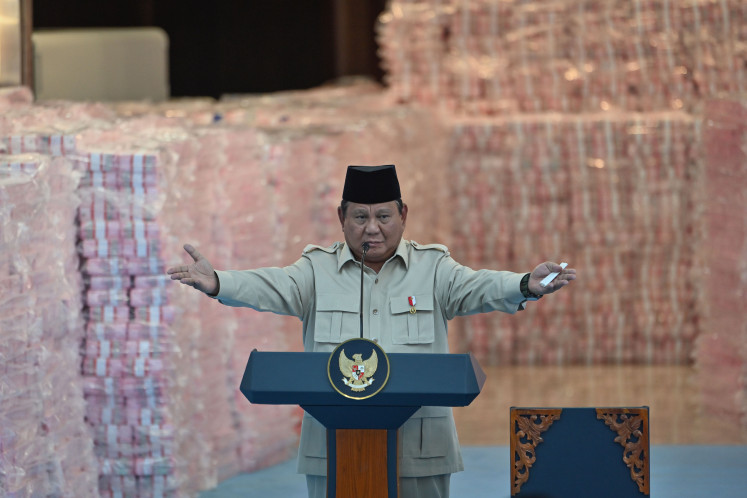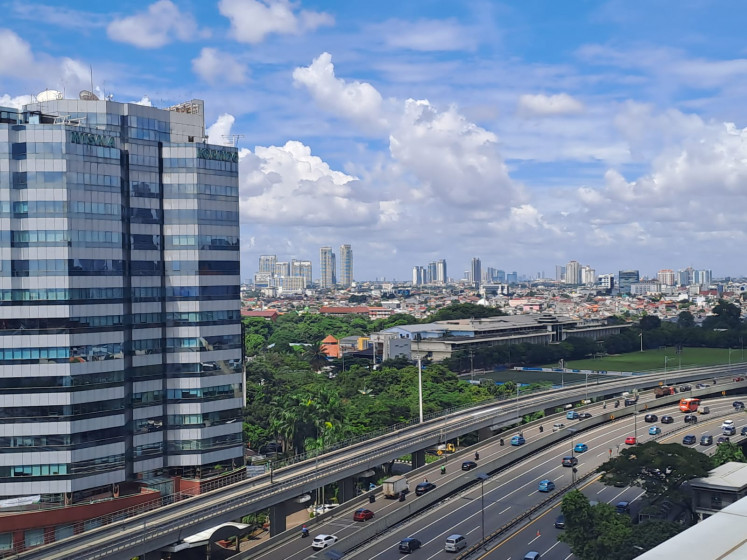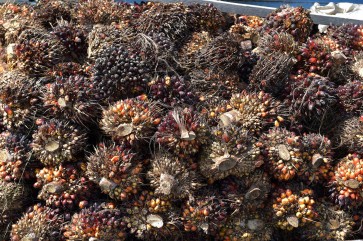Popular Reads
Top Results
Can't find what you're looking for?
View all search resultsPopular Reads
Top Results
Can't find what you're looking for?
View all search resultsSmallhold farmers, experts call for policy change over oil palm plantations
Farmers, experts suggest switch from an oil palm monoculture to "agro-culture" for a more sustainable plantation practice and economy.
Change text size
Gift Premium Articles
to Anyone
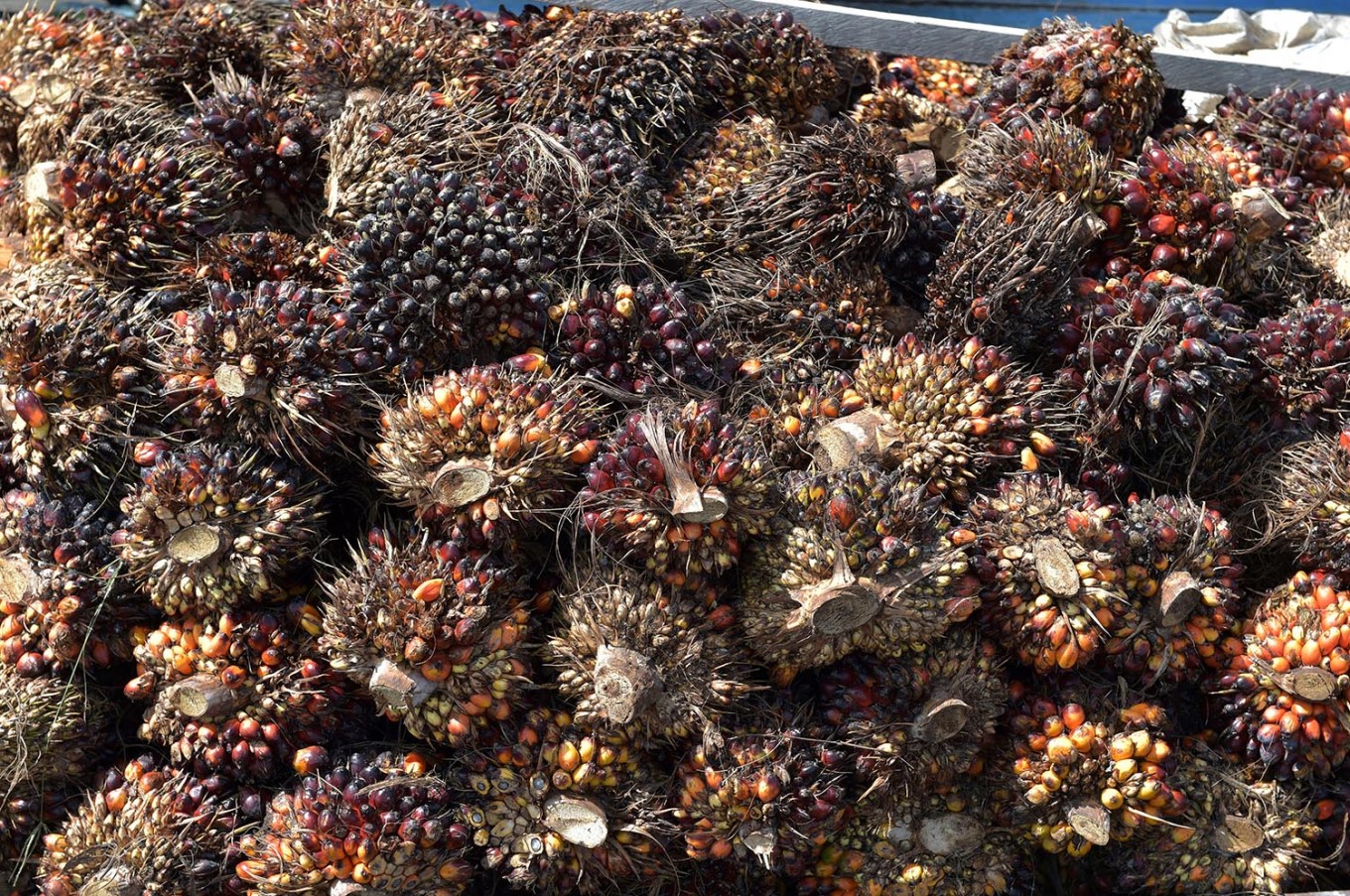 Oil palm seeds await use in February 2017 in Kendawangan, West Kalimantan.
Edible vegetable oil is a key ingredient in many everyday goods, from biscuits to shampoo and make-up, and growing demand has led to a boom in the palm oil industry in Indonesia, which is the world's top producer of the commodity. The palm oil industry has been repeatedly accused over the years of failing to protect workers' rights and tearing down protected rain forests to make way for plantations, prompting many companies to pledge greater efforts to improve working conditions and halt deforestation. (AFP/Adek Berry)
Oil palm seeds await use in February 2017 in Kendawangan, West Kalimantan.
Edible vegetable oil is a key ingredient in many everyday goods, from biscuits to shampoo and make-up, and growing demand has led to a boom in the palm oil industry in Indonesia, which is the world's top producer of the commodity. The palm oil industry has been repeatedly accused over the years of failing to protect workers' rights and tearing down protected rain forests to make way for plantations, prompting many companies to pledge greater efforts to improve working conditions and halt deforestation. (AFP/Adek Berry)
T
he massive expansion of oil palm plantations in forest areas has made it common for families in East Kotawaringin, Central Kalimantan regency with the largest areas of oil palm plantations in Indonesia to experience water shortages during dry seasons because of environmental damage.
Having relied on monoculture oil palm plantations to earn a living since 2003, Sandi, 60, a small-scale oil palm farmer who lives in Karang Sari village in Parenggean district, has learned the need to cultivate oil palms productively and sustainably, saying that the current situation has often forced people to buy water for Rp 100,000 (US$7) per 100 liters because of shortages.
"We have experienced this so often that it has become common now. The last water shortage happened for about three months last September and it was bad. Several other districts near here experienced the same," he said recently.
Sandi is one of the small-scale farmers in the regency who has implemented mixed oil palm agro-ecosystems, by which they plant other crops besides oil palms, such as rubber trees, Chinese Albizia trees and vegetables.


